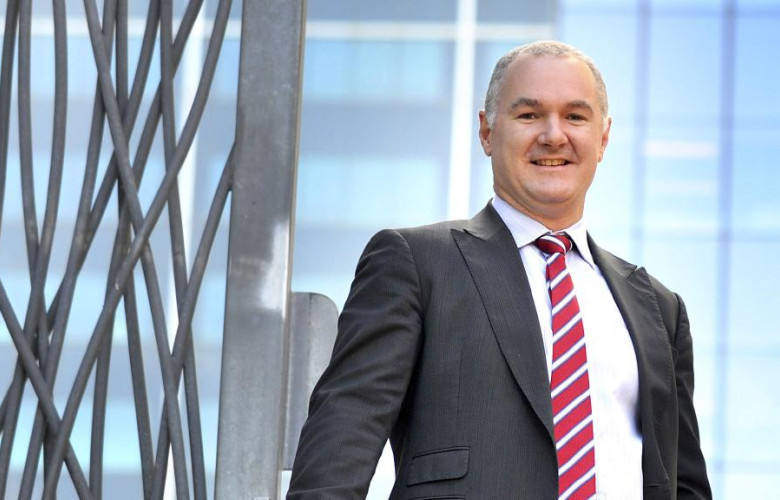RBA continues with fastest and largest rate hiking cycle on record - CoreLogic
Contact
RBA continues with fastest and largest rate hiking cycle on record - CoreLogic
The RBA lifted the cash rate a further 25 basis points, to 3.35%, at their February board meeting, continuing what is now the fastest and largest rate hiking cycle on record.
The RBA lifted the cash rate a further 25 basis points, to 3.35%, at their February board meeting, continuing what is now the fastest and largest rate hiking cycle on record. The cash rate has jumped 325 basis points since moving off record lows in May last year.
Today’s rise in the cash rate was broadly expected, but the trajectory of interest rates over the coming months remains highly uncertain and is tied to the outlook for inflation, which in itself is shrouded in uncertainty.
Headline inflation (1.9% Q4 / 7.8% annual) came in below the RBA’s forecast for the December quarter, but the more important core inflation reading (1.7% Q4 / 6.9% annual), based on the trimmed mean, was higher than forecast. However, core inflation was at least down slightly from the September quarter (1.9%). To add further complexity to the outlook, the Melbourne Institute’s monthly inflation gauge rocketed 0.9% higher in January, up from 0.2% in December, although the monthly reads can be volatile.
Global inflationary pressures are easing, and domestically, a relatively weak December retail spending result could be the first clear sign that consumers are reigning in their spending. Additionally, the housing component of CPI, which has the largest weight of any sub-group, dropped sharply through the final quarter of 2022, albeit from the highest level since the mid-1990’s (outside of the impact from the introduction of GST in 2000).
Mainstream forecasts for the cash rate reflect the uncertainty around inflation outcomes, ranging from the RBA holding the cash rate at 3.35%, through to another 75 basis points of hikes. However, a recent survey from Bloomberg puts the median forecast at 3.6%, implying one more hike of 25 basis points in the wings.
We will receive some guidance on how the RBA sees the inflation outlook in the Statement on Monetary Policy which is released on Friday February 10.
The latest rate hike takes recent borrowers outside of their serviceability assessments at the time of origination. Since October 2021, lenders have assessed new borrowers on their ability to service a mortgage under an interest rate scenario that is at least 300 basis points above their origination rate. The latest lift in the cash rate will push these recent borrowers beyond their serviceability tests.
Considering most lenders were showing mortgage arrears to be around record lows last year, it’s likely some evidence of rising mortgage stress will start to emerge in 2023 under such substantially higher interest rate settings, with the potential for a more noticeable lift as further fixed rate borrowers migrate over to variable mortgage rates.
However, any material rise in mortgage arrears is unlikely unless labour markets loosen substantially. Forecasts from the RBA and Treasury, as well as the private sector, have the unemployment rate holding below 5% over the forecast period and well below the decade average of 5.5%. Again, we will see some further guidance on labour markets when the Statement on Monetary Policy is released on Friday.
For those with a home loan, the latest increase adds roughly $77 per month in repayments to a $500,000 variable rate owner-occupier mortgage and $116 per month to a $750,000 mortgage. Since the recent low point in April, on the same loan amounts, repayments have increased by approximately $821/month and $1,232/month respectively.
For the housing sector, higher interest rates represent a further downside risk to purchasing activity and values, although it’s reasonable to assume most Australians had already ‘priced in’ today’s rate hike.
Arguably, a peak in interest rates should support a rise in consumer sentiment and gradually a stabilisation in residential property prices and activity. However, it’s unlikely housing values will start to appreciate until either interest rates come down or another form of stimulus becomes apparent, such as an easing in credit policy or demand-side incentives.
The recent national peak in home values was in April, with values trending lower as interest rates moved off their emergency lows in May. Since then, CoreLogic’s national Home Value Index has dropped by -8.9%; the largest and fastest decline on record, which followed one of the fastest and most significant upswings on record.
Home transactions have also trended lower, with estimates to the end of January putting the annual number of sales down -19.1% relative to the same period a year ago, but holding 4.6% above the previous five-year average.





